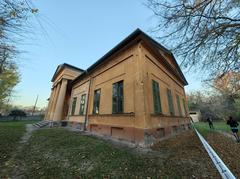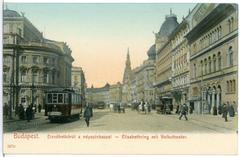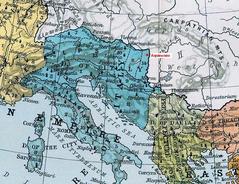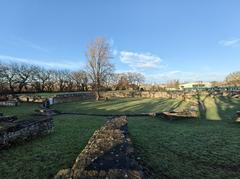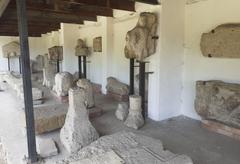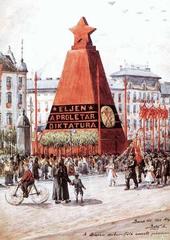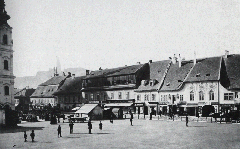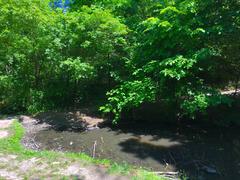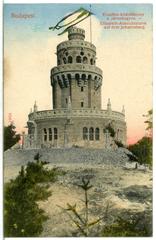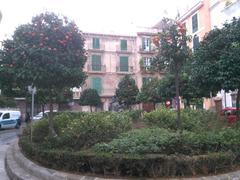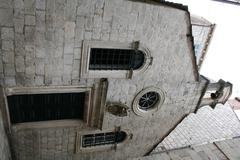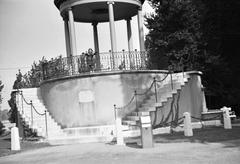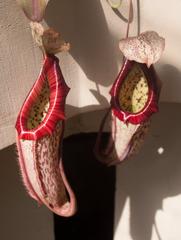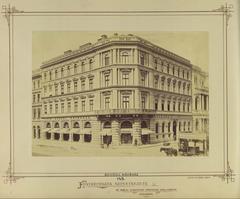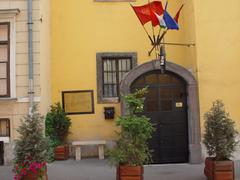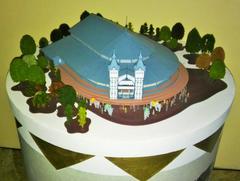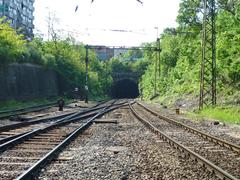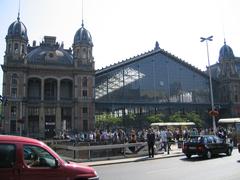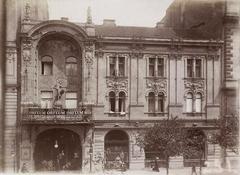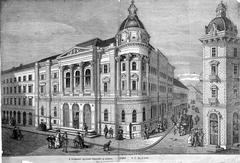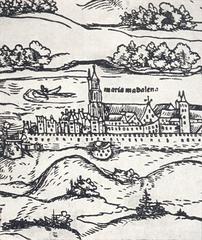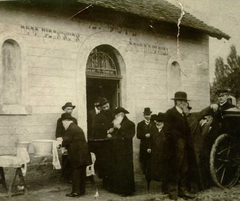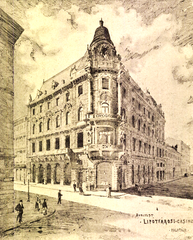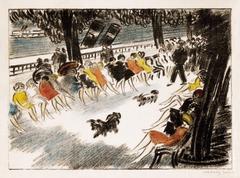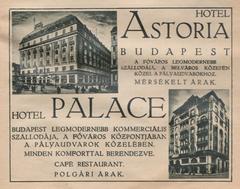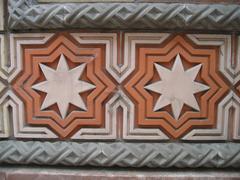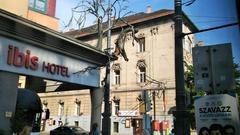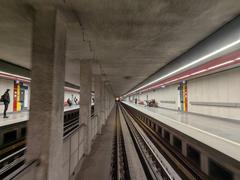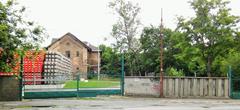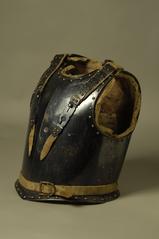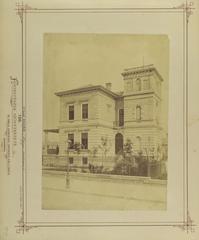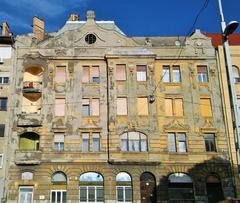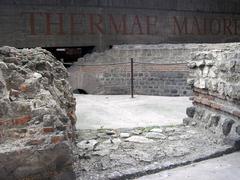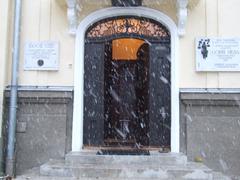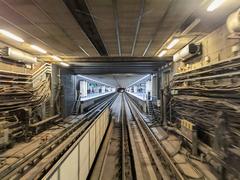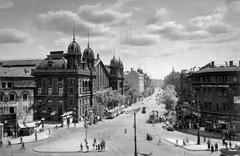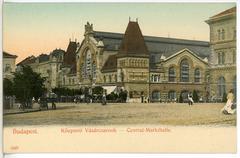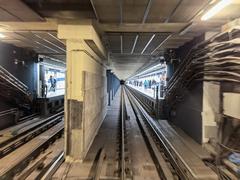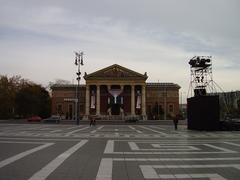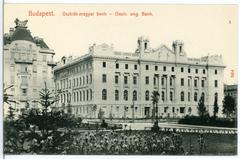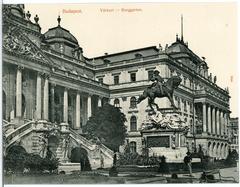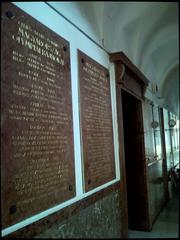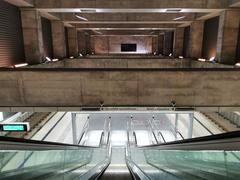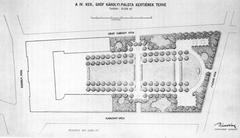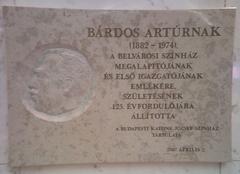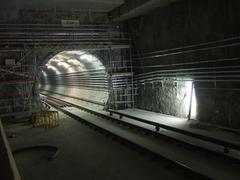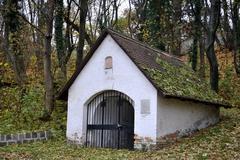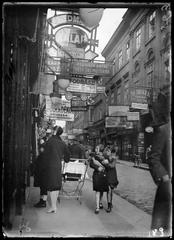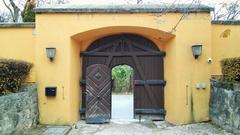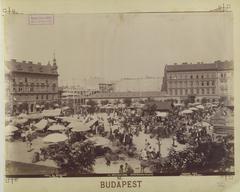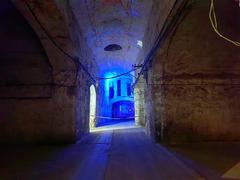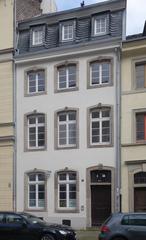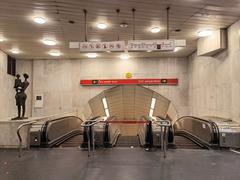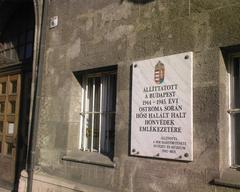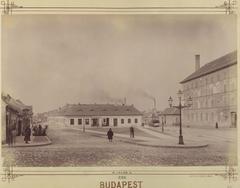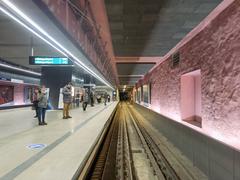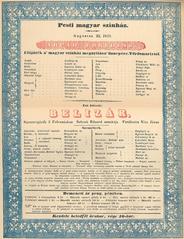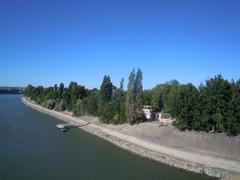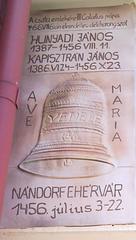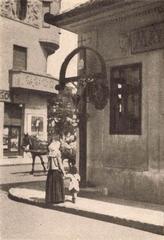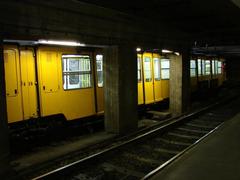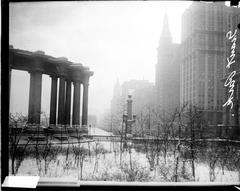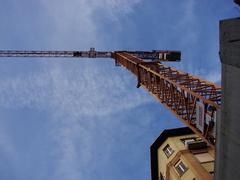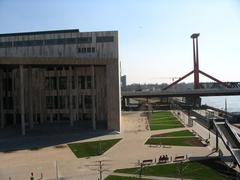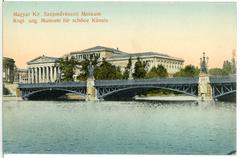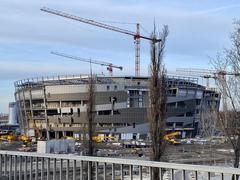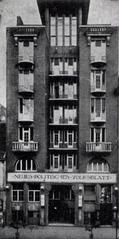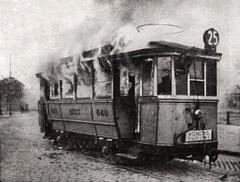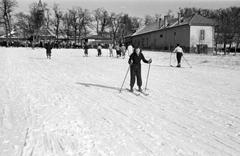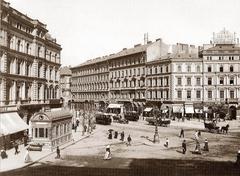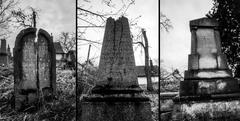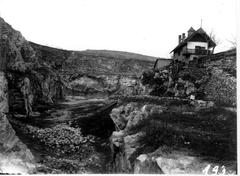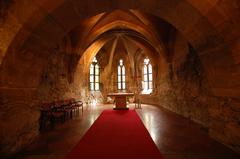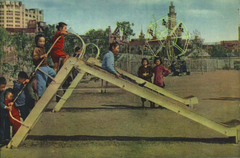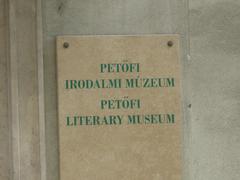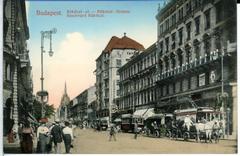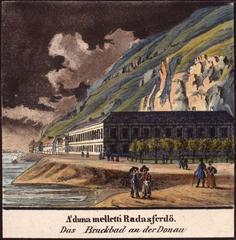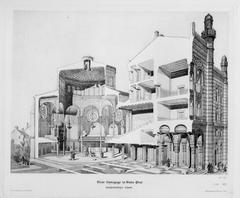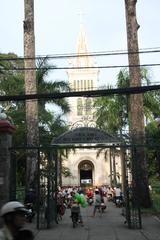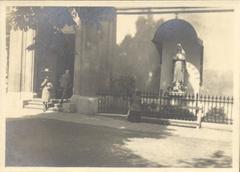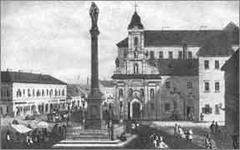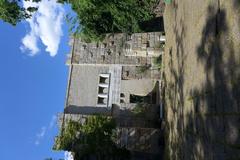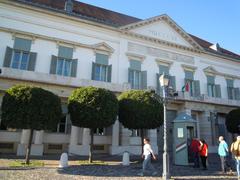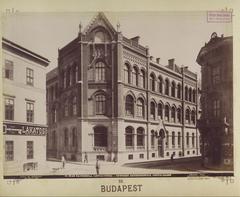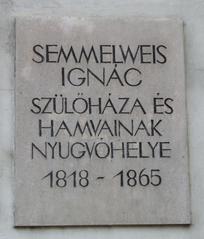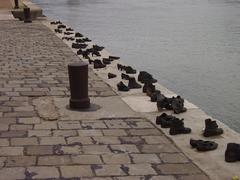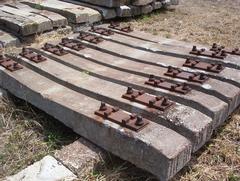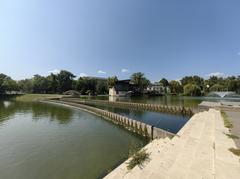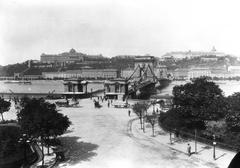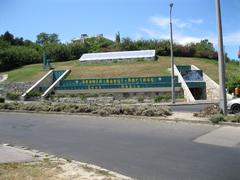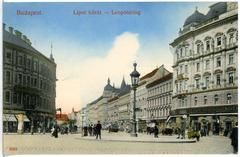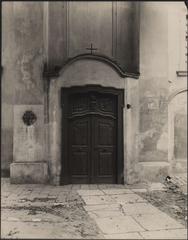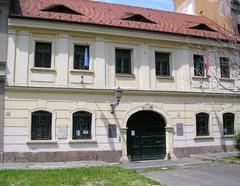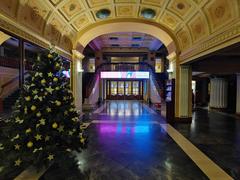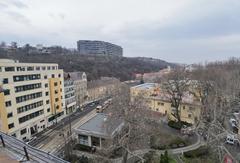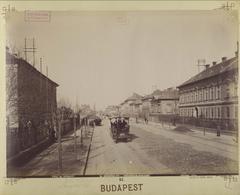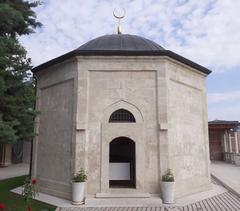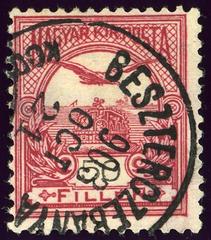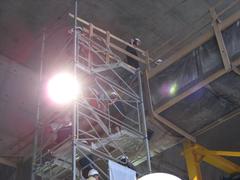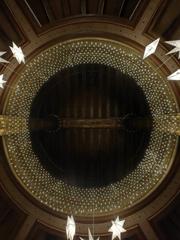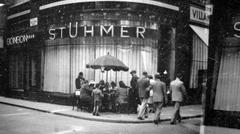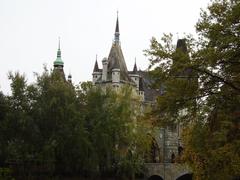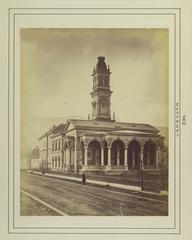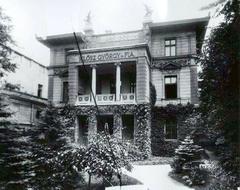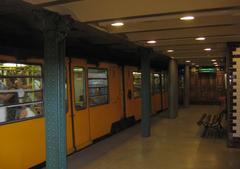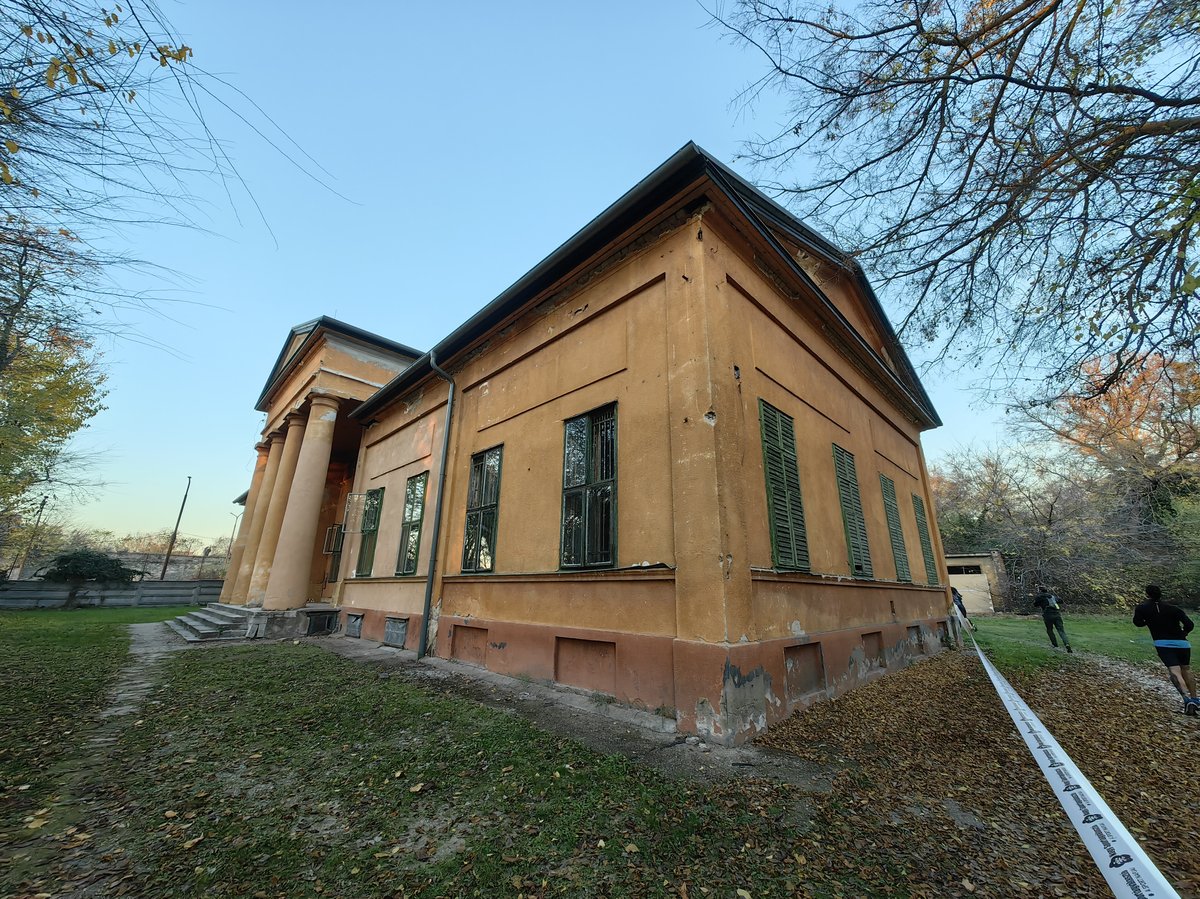
Complete Guide to Visiting Kőbányai Cellar, Budapest, Hungary
Date: 24/07/2024
Introduction
Discover the hidden marvels of Budapest with a visit to the Kőbányai cellar system. This extensive network of subterranean tunnels offers a unique blend of history, architecture, and adventure, making it a must-see attraction for anyone exploring Budapest’s historical sites. The Kőbányai cellar system, located in the 10th district of Budapest, Hungary, began as an underground limestone quarry during the Middle Ages and has evolved over the centuries to serve various purposes, from wine storage to beer fermentation, and even as a shelter during World War II (Wikipedia) (Sygic Travel). Today, the Kőbányai cellar system is recognized as the largest cellar complex in Hungary, attracting tourists and history enthusiasts alike. This guide provides an in-depth look into the rich history of the Kőbányai cellar system, detailed visitor information, and practical tips to enhance your experience.
Table of Contents
- Introduction
- Historical Background of the Kőbányai Cellar System
- Architectural and Geological Features
- Preservation and Conservation Efforts
- Cultural and Educational Programs
- Visitor Experience
- Accessibility and Safety
- Visitor Information
- FAQ Section
- Future Prospects
- Conclusion
Historical Background of the Kőbányai Cellar System
Origins and Early Use
The Kőbányai cellar system, located in the 10th district of Budapest, Hungary, began as an underground limestone quarry in the Middle Ages. The extracted limestone played a significant role in the construction of many of Budapest’s iconic buildings, including the Parliament and the Buda Castle (Wikipedia).
Expansion and Industrial Use
As Budapest grew, so did the demand for limestone, leading to the expansion of the Kőbányai cellar system. By the 19th century, the cellars had become integral to the city’s industrial landscape. The naturally cool temperatures and stable conditions of the tunnels made them ideal for beer fermentation and storage. The Dreher Brewery, one of Hungary’s most famous beer producers, utilized these cellars extensively (Sygic Travel).
World War II and Post-War Period
During World War II, the Kőbányai cellar system served as a shelter and storage facility. The extensive network of tunnels provided a safe haven during air raids and stored valuable goods. Post-war, the cellars continued to be used for industrial purposes but gradually lost their significance as modern refrigeration and storage technologies took over.
Modern-Day Significance
Today, the Kőbányai cellar system is recognized as the largest cellar complex in Hungary and has become a site of historical and cultural significance. Guided tours offer visitors an opportunity to explore the labyrinthine tunnels and learn about the various uses of the cellars throughout history (We Love Budapest).
Architectural and Geological Features
The cellars are notable for their high-quality limestone, characterized by its durability and aesthetic appeal. The tunnels are supported by impressive stone arches and pillars. Natural formations such as stalactites and stalagmites add to their charm.
Preservation and Conservation Efforts
Efforts to preserve the Kőbányai cellar system include regular inspections, restoration projects, and safety measures to maintain the site’s structural integrity and historical value. These efforts ensure the cellars remain accessible to the public and continue to serve as a cultural and educational resource.
Cultural and Educational Programs
The Kőbányai cellar system hosts various cultural and educational programs aimed at raising awareness about its historical importance. Educational tours, workshops, and exhibitions are regularly organized to provide visitors with an in-depth understanding of the site’s history and its role in Budapest’s development.
Visitor Experience
Practical Tips
Visitors should wear comfortable shoes and clothing suitable for walking through uneven and sometimes damp terrain. Guided tours are available in multiple languages, and it’s advisable to bring a flashlight for dimly lit areas. Photography is generally allowed, but it’s best to check with the tour guide for any restrictions.
Accessibility and Safety
While the cellar system is accessible to visitors of all ages, some areas may be challenging for those with mobility issues. Safety measures such as handrails and well-marked pathways are in place. It’s important to follow the instructions of the tour guides and adhere to safety guidelines.
Visitor Information
Visiting Hours and Tickets
The Kőbányai cellar system is open year-round, with specific visiting hours varying by season. Guided tours are typically available from 10:00 AM to 5:00 PM. Ticket prices range from 2,000 HUF to 5,000 HUF, depending on the type of tour. Tickets can be purchased online or at the entrance, with advance booking recommended during peak tourist seasons.
Nearby Attractions and Travel Tips
Visitors can explore nearby attractions such as Nepliget Park, the Hungarian Natural History Museum, and Kincsem Park. The cellar system is easily accessible via public transportation, with the nearest metro station being Népliget on Line 3 (Blue Line).
FAQ Section
- What are the visiting hours of the Kőbányai cellar system? Visiting hours typically range from 10:00 AM to 5:00 PM, but it’s advisable to check the official website for the most current schedule.
- How much do tickets cost for the Kőbányai cellar system? Ticket prices range from 2,000 HUF to 5,000 HUF, depending on the type of tour.
- Is the Kőbányai cellar system accessible to people with mobility issues? While the cellar system is accessible to visitors of all ages, some areas may be challenging for those with mobility issues. Safety measures such as handrails and well-marked pathways are in place.
Future Prospects
Future plans for the Kőbányai cellar system include expanding the range of tours and educational programs, incorporating new technologies and interactive exhibits to enhance the visitor experience. Continued preservation efforts will ensure that this historical gem remains a significant part of Budapest’s cultural heritage.
Conclusion
The Kőbányai cellar system is a fascinating historical site that offers visitors a glimpse into Budapest’s rich industrial past. Whether you’re a history buff, an architecture enthusiast, or simply looking for a unique adventure, the cellars provide a memorable experience. Plan your visit today and explore the hidden depths of one of Hungary’s most intriguing attractions.
